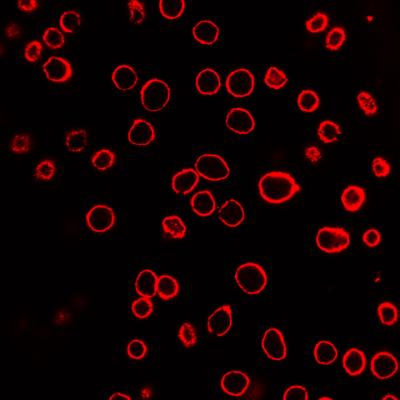Using exploding nanoparticles to insert DNA and proteins into cells
July 29, 2010

Zapped human prostate cancer cells after exposure to laser-activated carbon nanoparticles. (Prerona Chakravarty)
Chemical “nanoblasts” activated by bursts of laser light can punch tiny holes in the protective membranes of cells just long enough to admit therapeutic small molecules, proteins and DNA directly into living cells, Georgia Institute of Technology.researchers have discovered.
“One of the most significant uses for this technology could be for gene-based therapies, which offer great promise in medicine, but whose progress has been limited by the difficulty of getting DNA and RNA into cells,” said Mark Prausnitz, a professor in the School of Chemical and Biomolecular Engineering at the Georgia Institute of Technology.
Researchers have been trying for decades to drive DNA and RNA more efficiently into cells with a variety of methods, including using viruses to ferry genetic materials into cells, coating DNA and RNA with chemical agents or employing electric fields and ultrasound to open cell membranes. However, these previous methods have generally suffered from low efficiency or safety concerns.
How to punch holes in cells with exploding bubbles
1. Introduce particles of carbon black measuring 25 nanometers in diameter into the fluid surrounding the cells that you want to put a therapeutic agent into.
2. Apply bursts of near-infrared light from a femotosecond laser to the fluid at a rate of 90 million pulses per second.
3. The carbon nanoparticles absorb the light, which makes them hot. The hot particles then heat the surrounding fluid to make steam.
3. The steam reacts with the carbon nanoparticles to form hydrogen and carbon monoxide. The two gases form a bubble that grows as the laser provides energy.
4. Turn off the laser, causing the bubble to collapse suddenly, creating a shock wave that punches holes in the membranes of nearby cells.
5. The openings allow therapeutic agents from the surrounding fluid to enter the cells. The holes quickly close so the cell can survive.
More info: Georgia Institute of Technology news